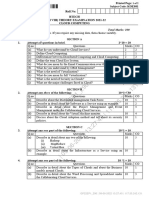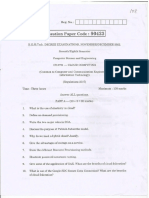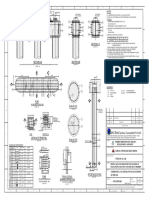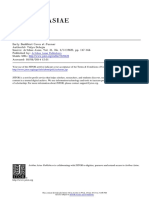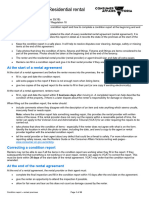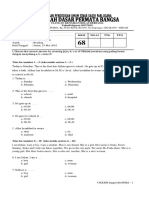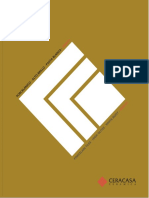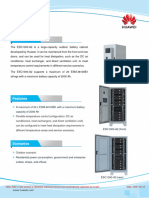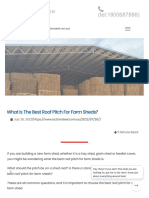0% found this document useful (0 votes)
16 views2 pagesQuestion Bank (Module1)
The document outlines the syllabus for a Cloud Computing course at Channabasaveshwara Institute of Technology, detailing various topics and questions related to high-performance and high-throughput computing, distributed systems, and cloud architecture. It includes definitions of key concepts, design objectives, and performance metrics. The course aims to provide a comprehensive understanding of cloud computing technologies and their applications.
Uploaded by
nandanms030Copyright
© © All Rights Reserved
We take content rights seriously. If you suspect this is your content, claim it here.
Available Formats
Download as PDF, TXT or read online on Scribd
0% found this document useful (0 votes)
16 views2 pagesQuestion Bank (Module1)
The document outlines the syllabus for a Cloud Computing course at Channabasaveshwara Institute of Technology, detailing various topics and questions related to high-performance and high-throughput computing, distributed systems, and cloud architecture. It includes definitions of key concepts, design objectives, and performance metrics. The course aims to provide a comprehensive understanding of cloud computing technologies and their applications.
Uploaded by
nandanms030Copyright
© © All Rights Reserved
We take content rights seriously. If you suspect this is your content, claim it here.
Available Formats
Download as PDF, TXT or read online on Scribd
/ 2


































